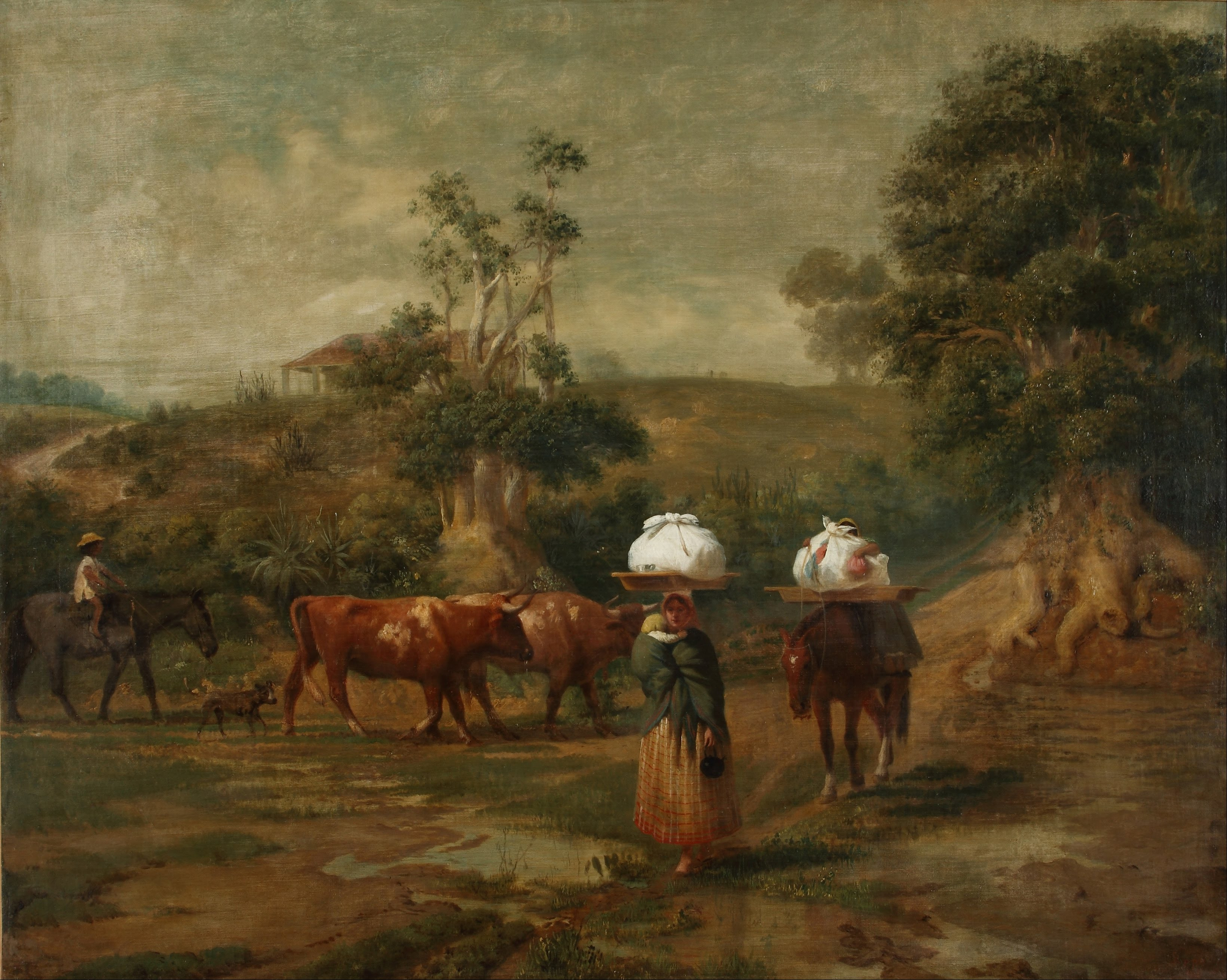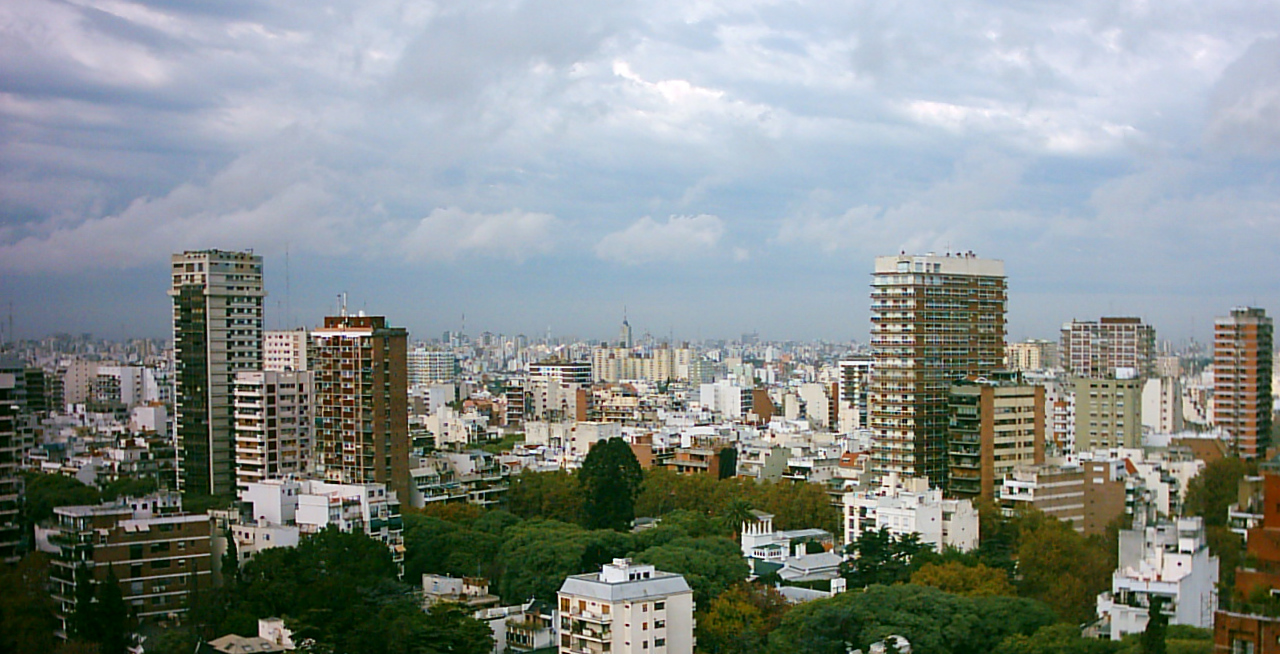Belgrano, Buenos Aires on:
[Wikipedia]
[Google]
[Amazon]
Belgrano is a northern and leafy '' barrio'' or neighborhood of
 Belgrano was named after
Belgrano was named after  In 1887, the federal district was enlarged by the annexation of the towns (partidos) of Belgrano and Flores.
In 1887, the federal district was enlarged by the annexation of the towns (partidos) of Belgrano and Flores.
 Belgrano is an upper-middle-class neighborhood that can be roughly divided into Belgrano R, Belgrano C, central Belgrano, and Lower Belgrano (Bajo Belgrano). The heart of the barrio pulses with life on its main thoroughfare, Avenida Cabildo, which runs Northwest to Southeast; the subway (subte) Line D follows its route.
Avenida Cabildo carries heavy automobile traffic, and features corner cafés, grocery stores, movie theaters, specialty shops, clothing boutiques, bookstores, and other retail venues. Pedestrians are especially numerous on weekend afternoons as Porteños (residents of Buenos Aires) from various areas of the city come to shop.
Most of the neighborhood's densest housing is located in the vicinity of Cabildo. High-rise luxury apartment buildings are clustered on the leafy streets surrounding the
Belgrano is an upper-middle-class neighborhood that can be roughly divided into Belgrano R, Belgrano C, central Belgrano, and Lower Belgrano (Bajo Belgrano). The heart of the barrio pulses with life on its main thoroughfare, Avenida Cabildo, which runs Northwest to Southeast; the subway (subte) Line D follows its route.
Avenida Cabildo carries heavy automobile traffic, and features corner cafés, grocery stores, movie theaters, specialty shops, clothing boutiques, bookstores, and other retail venues. Pedestrians are especially numerous on weekend afternoons as Porteños (residents of Buenos Aires) from various areas of the city come to shop.
Most of the neighborhood's densest housing is located in the vicinity of Cabildo. High-rise luxury apartment buildings are clustered on the leafy streets surrounding the  West of Crámer avenue, "Belgrano R" is chiefly residential and lower-density in nature, characterized by calm streets lined with large, mature shade trees. Most buildings in this section are detached single-family homes that follow Anglo-Saxon architectural styles; some residences have sizable backyards with swimming pools. This section is favored by wealthy Argentines and expatriate businesspeople.
" Belgrano C" is also home to Buenos Aires's small Chinatown. The district is crowded with restaurants and specialty grocery stores catering to
West of Crámer avenue, "Belgrano R" is chiefly residential and lower-density in nature, characterized by calm streets lined with large, mature shade trees. Most buildings in this section are detached single-family homes that follow Anglo-Saxon architectural styles; some residences have sizable backyards with swimming pools. This section is favored by wealthy Argentines and expatriate businesspeople.
" Belgrano C" is also home to Buenos Aires's small Chinatown. The district is crowded with restaurants and specialty grocery stores catering to
Buenos Aires
Buenos Aires ( or ; ), officially the Autonomous City of Buenos Aires ( es, link=no, Ciudad Autónoma de Buenos Aires), is the capital and primate city of Argentina. The city is located on the western shore of the Río de la Plata, on South ...
, Argentina
Argentina (), officially the Argentine Republic ( es, link=no, República Argentina), is a country in the southern half of South America. Argentina covers an area of , making it the second-largest country in South America after Brazil, th ...
.
Location
The barrio of Palermo is to the southeast; Núñez is to the northwest; Coghlan,Villa Urquiza
Villa Urquiza is a barrio or neighborhood of Buenos Aires, Argentina. It is located between the barrios of Villa Pueyrredón, Belgrano, Villa Ortúzar, Coghlan, Saavedra and Agronomía. Its limits are the streets and avenues Constituyentes, ...
, Villa Ortúzar
Villa Ortúzar is one of the neighbourhoods of Buenos Aires
Buenos Aires ( or ; ), officially the Autonomous City of Buenos Aires ( es, link=no, Ciudad Autónoma de Buenos Aires), is the capital and primate city of Argentina. The city is loca ...
and Colegiales
Colegiales is a ''barrio'' or district in Buenos Aires, Argentina. It is located between ''Alvarez Thomas av.'', ''Forest av.'', ''De los Incas av.'', ''Virrey del Pino st.'', ''Cabildo av.'', ''Jorge Newbery st.'', ''Crámer st.'' and ''Dorrego ...
are to the southwest.
History
 Belgrano was named after
Belgrano was named after Manuel Belgrano
Manuel José Joaquín del Corazón de Jesús Belgrano y González (3 June 1770 – 20 June 1820), usually referred to as Manuel Belgrano (), was an Argentine public servant, economist, lawyer, politician, journalist, and military leader. He ...
, a politician and military leader who created the national flag of Argentina.
In 1820, at Belgrano's death, Buenos Aires
Buenos Aires ( or ; ), officially the Autonomous City of Buenos Aires ( es, link=no, Ciudad Autónoma de Buenos Aires), is the capital and primate city of Argentina. The city is located on the western shore of the Río de la Plata, on South ...
' legislature introduced a law to name the next town to be founded after him. This happened in 1855, when the Buenos Aires government, fearful that relatives of Juan Manuel de Rosas would dispute the governmental decision to expropriate Rosas' lands, laid down a new town on part of it and named it Belgrano. The town was declared a city shortly thereafter, due to its booming growth, and in 1880 it became the nation's capital for a few weeks, because of the dispute between the national government and Buenos Aires province for the status of the city of Buenos Aires. It was in Belgrano that the law declaring Buenos Aires as Argentina's federal capital was issued.
 In 1887, the federal district was enlarged by the annexation of the towns (partidos) of Belgrano and Flores.
In 1887, the federal district was enlarged by the annexation of the towns (partidos) of Belgrano and Flores.
Subsections
Universidad de Belgrano
The University of Belgrano ( es, Universidad de Belgrano, commonly referred to as UB) is a private university established in 1964 and located in the Belgrano district of the city of Buenos Aires, Argentina.
Overview
The university has nine de ...
, a private liberal-arts university.
Asian-Argentines
Asian Argentine or Asian Argentinian, are Argentine citizens or residents of Asian ancestry. The vast majority trace their ancestry to West Asia, primarily Lebanon and Syria, and East Asia, namely China and Japan. Though there are other communitie ...
and to the general public.
Transportation
Other than Cabildo, avenues Libertador, Luis Maria Campos, Crámer, Ricardo Balbín (formerly known as del Tejar), and Figueroa Alcorta run parallel to the riverbank, while Federico Lacroze, Juramento, Monroe and Congreso run from the riverbank to the Southwest direction. Belgrano is served by the Buenos Aires metro line D, many bus lines (notablyColectivo 60
The Colectivo 60 (the number 60 bus route) commenced operations in 1931 and runs from Constitución station, in the centre of the city of Buenos Aires, Argentina to the Tigre Club in the '' partido'' of Tigre. The service is operated by Nudo S. ...
), and two commuter rail lines. Approximately 1.5 km to the west of Belgrano lies Avenida General Paz
Avenida General Paz (official name Ruta Nacional A001 - National Route A001) is a beltway freeway surrounding the city of Buenos Aires. Roughly following the boundary between the city and Buenos Aires Province, it is one of the few motorways in A ...
, a major limited-access freeway
A controlled-access highway is a type of highway that has been designed for high-speed vehicular traffic, with all traffic flow—ingress and egress—regulated. Common English terms are freeway, motorway and expressway. Other similar terms ...
that defines the city limits of Buenos Aires proper. Beyond this avenue lie the suburbs of Vicente Lopez, Florida and Olivos.
Notable attractions
The lush park Barrancas de Belgrano was designed by the famous French-Argentine landscape/park architect Carlos Thays, who designed many open spaces throughout Buenos Aires. Several blocks north of the Belgrano University, Barrancas de Belgrano spans several city blocks and is overlooked by highrise upper-middle class apartment buildings. On Manuel Belgrano square, a local artisan fair is held regularly, and becomes especially vibrant on weekends. It features a small bust ofManuel Belgrano
Manuel José Joaquín del Corazón de Jesús Belgrano y González (3 June 1770 – 20 June 1820), usually referred to as Manuel Belgrano (), was an Argentine public servant, economist, lawyer, politician, journalist, and military leader. He ...
on its middle spot.
In the edge of the ''plaza'' lies the '' Inmaculada Concepción'' church, called "La Redonda" (''the round one'') by locals because of its circular plan. Many weddings are celebrated in this church in the afternoon hours. Two museums are also across Juramento and Cuba streets: ''Larreta'' and ''Sarmiento'', respectively. Larreta museum focus on Spanish art. It is located on the former private residence of writer Enrique Larreta
Enrique Rodríguez Larreta (March 4, 1875 – July 6, 1961) was an Argentine writer, academic, diplomat and art collector.
He was nominated for the Nobel Prize in Literature ten times.
Biography
Larreta was born in Buenos Aires to Adela Maza an ...
, designed by architect Ernesto Bunge Ernesto, form of the name Ernest in several Romance languages, may refer to:
* ''Ernesto'' (novel) (1953), an unfinished autobiographical novel by Umberto Saba, published posthumously in 1975
** ''Ernesto'' (film), a 1979 Italian drama loosely ba ...
on 1882. It features a well kept Andalusian garden. Historical Museum Sarmiento exhibits some objects belonging to former presidents Domingo Faustino Sarmiento
Domingo Faustino Sarmiento (; born Domingo Faustino Fidel Valentín Sarmiento y Albarracín; 15 February 1811 – 11 September 1888) was an Argentine activist, intellectual, writer, statesman and the second President of Argentina. His writing s ...
and Nicolás Avellaneda
Nicolás Remigio Aurelio Avellaneda Silva (3 October 1837 – 24 November 1885) was an Argentine politician and journalist, and President of Argentina from 1874 to 1880. Avellaneda's main projects while in office were banking and education ...
. It is located in what used to be Belgrano townhall, where the national congress held its sessions while Belgrano was the capital of the Argentine republic. Nearby, going down to Lower Belgrano (Bajo Belgrano), appears the Barrancas de Belgrano, three squares along together, older Rio de la Plata River natural terraces. Two blocks away, in Lower Bergrano there is the Estadio de Excursionistas
Club Atlético Excursionistas is an Argentine sports club based in the Belgrano neighbourhood of Buenos Aires. The club is mainly known for their football team. It currently plays in the Primera C Metropolitana, the fourth level of the Argentine f ...
, the local football team. Although neighboring Nuñez is widely known as the home of River Plate, its landmark stadium River Plate Stadium
Estadio Monumental (), officially Estadio Mâs Monumental for sponsorship reasons,Argentina national football team—is located within the boundaries of Belgrano.


File:Museo Histórico Sarmiento.jpg, Domingo Sarmiento Historical Museum.
File:Pabellon Barracas.JPG, Gazebo at Barrancas Park.
File:CasaYrurtia012.jpg, The Rogelio Yrurtia museum.
File:Museo de Arte Español Enrique Larreta esquina.jpg, Larreta museum.
File:BA-BarrioChino.JPG, Entrance to Chinatown.
File:La Redonda2.jpg, Inmaculada Concepción parish.

Image gallery

References
External links
* * {{Coord, 34, 33, 45, S, 58, 27, 30, W, region:AR-B_type:city_source:dewiki, display=title Neighbourhoods of Buenos Aires